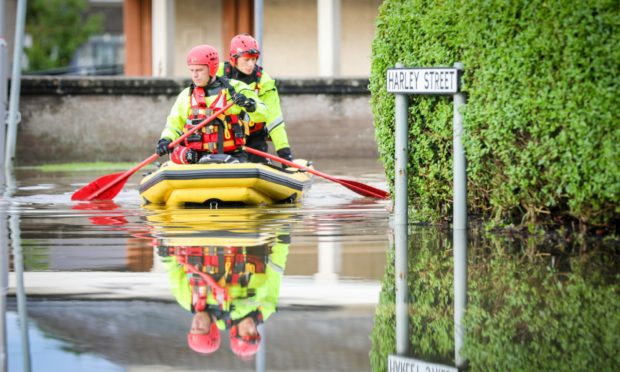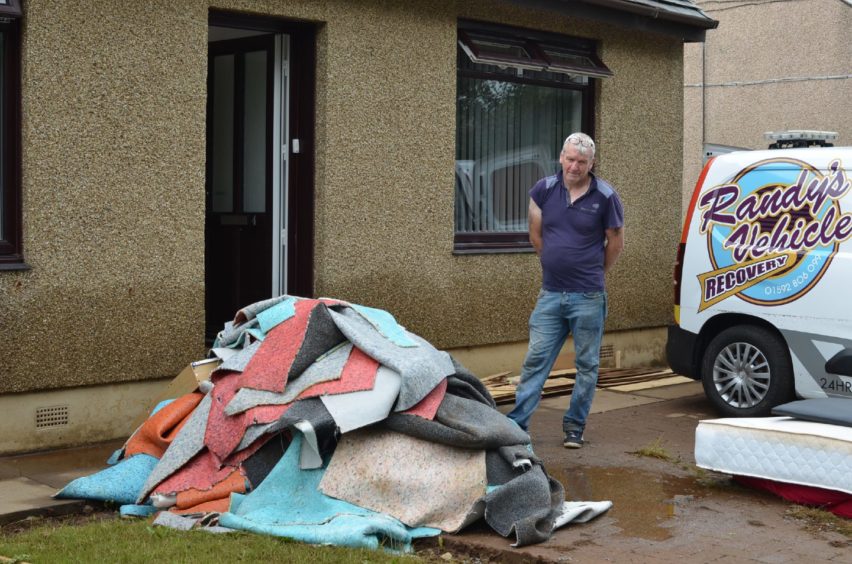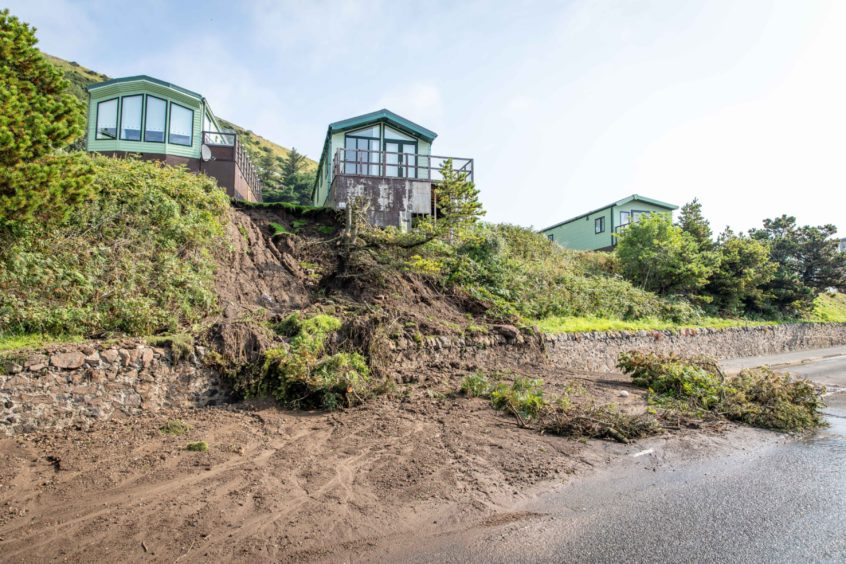As a reporter I’m no stranger to trudging through soggy properties in wellies after a bout of flash floods.
Every episode of heavy rainfall seems to bring with it the possibility of reports of flooding somewhere nearby.
The first warnings are usually rumblings on social media that people need sandbags.
This is all too often followed in the next few days by familiar scenes – people hauling sodden carpets and sludge covered possessions from their homes.
Many of those impacted are amazingly philosophical, and keen to talk about it.
They’ve shown me, notebook in hand, around their ruined living rooms and kitchens, and debris strewn gardens.
One even gave me a hug. That was before Covid-19.
What should communities expect in the future?
Who can forget the thunderstorms of August last year.
They followed a heatwave in England – described by the Met Office as one of the most significant in 60 years.
From my home in Fife, the thunder and lightening was almost a novelty when it started in the evening.
But as it raged into the early hours of the morning, there was a feeling that something wasn’t right.
The heavy rainfall went on to contribute to a train derailment near Stonehaven, which claimed the lives of three people.
The downpours also flooded nearly 200 homes across Perth and Kinross, caused a landslide at a caravan park, and left NHS staff with their cars under water.
And as the Met Office began issuing yellow and amber weather warnings this year, I wondered if it was all going to happen again.
Carried to safety
Flash flooding does not have to be part of an extreme weather event to cause misery for households.
Rewind a year from last year’s August storms and I was in wellies again in Rosyth after a regular downpour triggered flash floods.
Emergency workers rescued residents by boat in the Park Road area after a nearby burn overflowed.
Flooding had hit the area just the previous year.
In March 2018, children had to be carried to safety from Park Road Primary School as the waters rose.
Adapting to a changing world
Despite considerable pressures on public spending, huge amounts are being allocated to flood prevention schemes to protect properties and livelihoods.
But it is becoming clear that the onus is also on individuals to prepare for the increasing inevitability of flooding.
The Scottish Environment Protection Agency has urged households to be “flood aware” and sign up for its free flood warnings.
And last year researchers from the University of Aberdeen and the James Hutton Institute said households should prepare an “emergency plan” in the event of flooding.
The threat to communities posed by flooding is real and is not going to go away. As our world changes, we’re just going to have to adapt.


